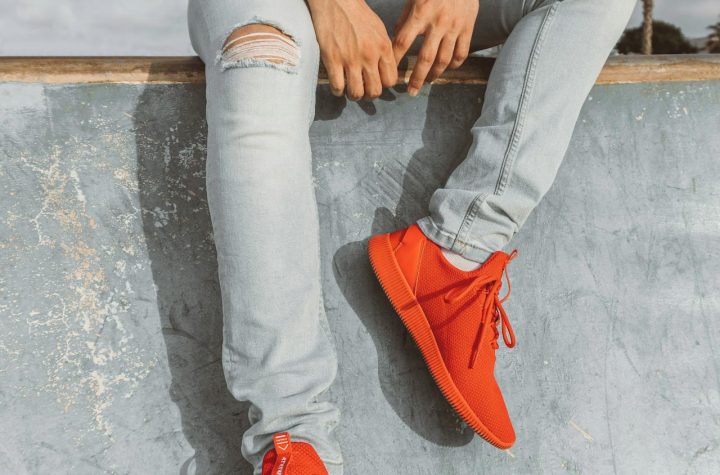
When participating in CrossFit, the right footwear can significantly enhance performance. CrossFit involves diverse movements, requiring shoes that support and improve your workout experience. Ensuring the perfect fit goes beyond merely trying on a pair; it involves understanding your foot type, assessing comfort during various activities, and ensuring adequate support. This guide will provide practical tips for evaluating the fit of CrossFit shoes, helping you approach WODs with confidence and ease.
The Importance of Proper Fit
A good fit in CrossFit shoes is vital for optimal performance. When shoes fit correctly, they enhance your agility and movement during activities like jumping, running, and weightlifting, allowing for more freedom and confidence. On the other hand, poorly fitting shoes can cause discomfort and even lead to injuries over time, resulting in blisters, calluses, and foot pain. You need shoes that snugly hug your foot without pinching or constricting.
Furthermore, the right fit ensures stability during lifts and dynamic movements. A secure heel counter keeps your foot anchored, providing necessary support for activities like squats or deadlifts. Overall, a well-fitted shoe enhances workout efficiency, offering comfort and better performance.
Methods to Evaluate CrossFit Shoe Fit
Finding the right fit for your CrossFit shoes involves several key considerations:
- Length: Ensure there is about a thumb’s width of space between your longest toe and the front of the shoe.
- Width: Check the shoe’s width. Too narrow shoes cause discomfort, while excessively wide shoes can lead to instability.
- Heel Fit: A snug heel fit prevents movement during high-intensity actions like box jumps and sprints.
- Arch Support: Depending on your foot type, you may need different levels of cushioning for optimal performance.
Expert Tips on Checking CrossFit Shoe Fit
Experts suggest starting with a snug yet comfortable fit for CrossFit shoes. Your toes should lightly touch the shoe’s front without feeling cramped. This prevents toe injuries and enhances stability during workouts. Ensure your heel stays securely in place to avoid slipping or rubbing, which can cause blisters. Choose shoes that accommodate your specific arch type to enhance comfort and performance. Always test shoes in-store if possible, performing basic movements like squats or lunges to ensure adequate support for different exercises.
Identifying Key Fit Characteristics
When selecting CrossFit shoes, look for the following fit characteristics:
- Toe Box: Should allow your toes to move freely without pinching.
- Heel Security: Heels should feel locked in place but not too tight.
- Arch Support: Choose shoes based on your specific arch type.
- Cushioning and Flexibility: Ensure enough cushioning for impact absorption, while allowing natural movement during exercises.
Utilizing Fit Guides and Tools
Utilize fit guides and tools to enhance your CrossFit shoe shopping experience:
- Sizing Charts: Refer to detailed sizing charts from brands to match foot measurements to shoe sizes.
- Measuring Tools: Use devices like a Brannock device for accurate length and width measurements.
- Virtual Fitting Tools: Some retailers offer tools that provide personalized recommendations based on your measurements.
- Customer Reviews: Read reviews for insights into how a model fits or any comfort issues during workouts.
Ensuring Comfort and Support
Comfort and support are essential when selecting CrossFit shoes. Choose shoes with cushioning that absorbs impact during workouts while providing stability. Look for adequate arch support to prevent injuries and distribute weight evenly. Ensure materials allow airflow to keep feet dry and comfortable during long sessions, reducing the risk of blisters.
Addressing Common Fit Concerns
Common concerns include sizing discrepancies and brand-specific fits. Consult size charts before purchasing. Consider shoe width, as some athletes require narrow or wide options. The type of socks worn during workouts can influence fit; thicker socks may require a half-size increase. Trying shoes on later in the day provides a more accurate representation of fit during intense workouts. Address these concerns with proper fitting methods to maximize comfort and performance while reducing injury risks in your CrossFit endeavors.

I’m an enthusiast of digital finance and online entertainment, with extensive experience in the worlds of cryptocurrency, sports betting, and casino gaming. My mission is to provide readers with reliable information to help them make informed decisions in the realm of online gambling and digital investments. On this blog, I share the latest trends, platform reviews, and tips for safe and responsible gaming.




More Stories
How to Clean Patent Leather Shoes
Understanding Grey Suits
What shoes match a gray suit?